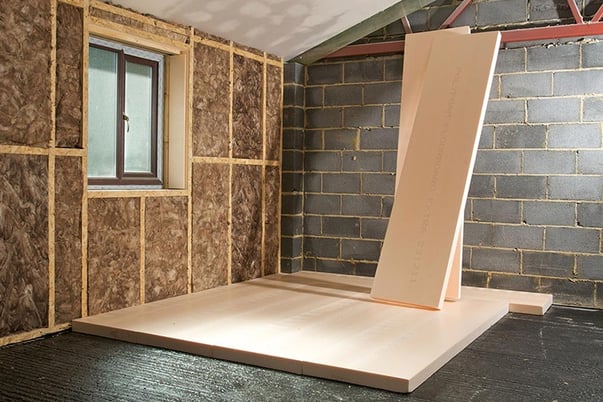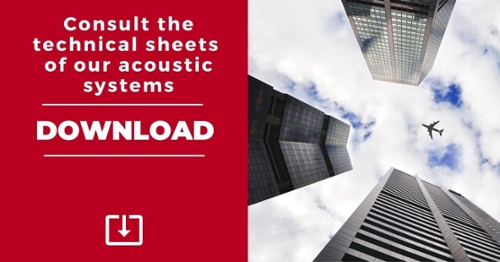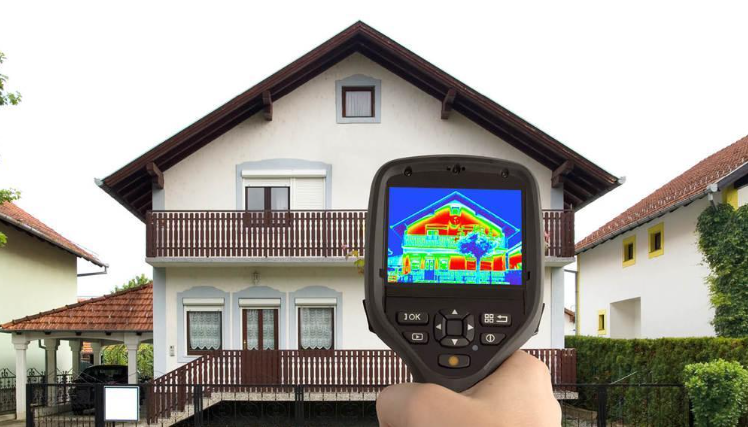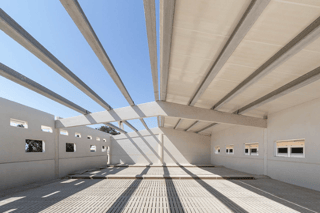Current regulations establish the minimum requirements that must be met by buildings, whether it is new construction or renovation, and they determine some parameters of thermal resistances for the enclosure so as to opt for highly efficient insulating products. The necessary thickness of each material in order to comply with the minimum insulation will take into account the location of the house, the thermal bridges, the transmittance of holes or other peculiarities of the enclosures.
Polyurethane systems in buildings are obtained by the chemical reaction between a diisocyanate and a polyol, which according to their combination with other substances and / or materials, acquire highly valued and versatile properties due to their great resistance, flexibility, rigidity or insulation.
Specifically, due to its highly efficient insulating properties, it is one of the materials available in the market that offers the best thermal resistance with the minimum increase of thickness. This means that, whatever the application, polyurethane systems are increasingly used in buildings.

Manufacture of constructive solutions of polyurethane: Sandwich panels and Polyurethane sheets
Polyurethane sheets can be manufactured with greater or lesser flexibility depending on their use and / or application. In the case of buildings, it is common to find polyurethane sheets in constructive solutions of decks and walls.
Polyurethane sheets are formed by rigid polyurethane foam somewhat more rigid than that obtained with other types of insulation. With different thickness, it is a very foaming and porous system, which allows great lightness when working with them on site. Its advantage over other polyurethane systems is its quick and easy installation and the fact that it can be cut to suit the building configuration.
The most common applications are: industrial metal decks (deck type), flat decks, sloped decks, interior facade, outside facade and radiant floors.
Another similar constructive solution are the polyurethane sandwich panels composed of two metal faces with a rigid polyurethane insulation core. The difference with the sheets is that, during the manufacturing process, the insulating core expands completely adhering to the cover layers without using any type of adhesive.
In their application in food industry, polyurethane sandwich panels contribute to the hygiene and health required, while ensuring the stability of temperatures and the energy efficiency of the exploitation.

Application of polyurethane systems in situ: injected and sprayed polyurethane foam
The rigid polyurethane foam is a synthetic material that belongs to the thermoplastic family, , and it is highly spatially reticulated and non-fusible. This polyurethane system contains only a small part of the volume of solid matter, for example: at a density of 30 kg/m3, only about 3% of the volume is solid matter.
There are two systems of application of polyurethane foams:
- The projection on a surface: based on the spraying of the foam in situ on a surface of the envelope (facades, walls, ceilings, etc.).
- Injection in air chambers: the foam is injected in a liquid state through holes drilled with a maximum separation of 1 meter and not placed on the same line. The injection should begin with the holes at the bottom, filling the chamber from bottom to top.
It is normally used for the thermal insulation of the envelope, especially the façade, where the injection of rigid polyurethane foam is one of the most effective actions to reduce losses and improve energy efficiency. In addition, injected polyurethane can be applied to any double-ply facade, whether of brick, concrete, cement, gypsum, fiber cement, metal or wood, provided that it has an air chamber.
In Synthesia Technology, we have developed different polyurethane systems for construction, such as the Phono Spray I-905 injected polyurethane system for thermo-acoustic insulation and the Phono Spray S-907 sprayed polyurethane system of medium density open cells to reduce impact on floors and slabs.











